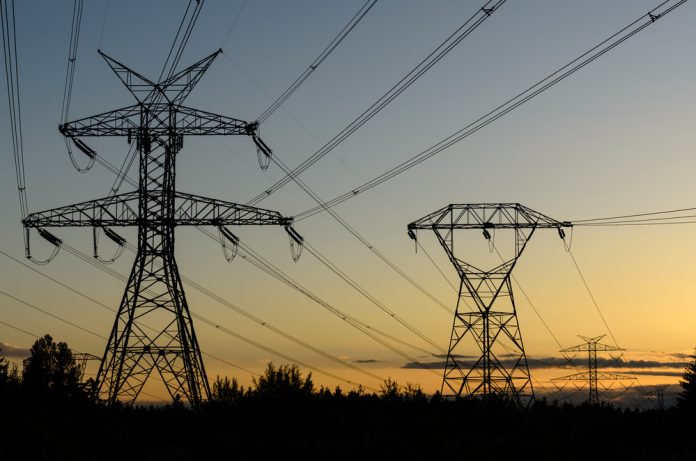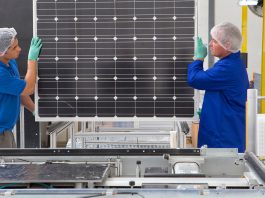Although clean energy production from wind and solar has grown rapidly in the US, poor grid interconnection policies have impeded its integration into the national electric grid.
This has left thousands of new facilities for generating renewable energy waiting for grid connection.
Researchers have highlighted the grid interconnection problem in a new paper and discussed whether federal grid policy reforms alone are enough to address it.
They argued that while the US Federal Energy Regulatory Commission’s (FERC) recent orders to improve this bottleneck are a step in the right direction, fundamental issues remain unaddressed.
The current state of US clean energy production
In the US, electricity production from wind and utility-scale solar exceeded that from coal for the first time in April 2022 and again between February and May 2023.
The Inflation Reduction Act is expected to significantly boost low-carbon capacity additions, potentially doubling annual growth.
However, there is a significant backlog of thousands of new generation projects waiting to connect to the electrical grid, with wait times between request and agreement that can last several years.
In response to issues with the grid interconnection process, FERC released a set of reforms that incentivise ready projects, levy penalties for delays, and mandate long-term transmission upgrades with more equitable cost allocation.
Better grid interconnection policies are needed, the researchers say
The researchers highlighted several problems that remain, including the need for a more centralised planning approach and better integration of grid interconnection and transmission policies.
Historical lack of coordination and conflicting state goals also hinder efficient grid development, emphasising the need for a more coordinated and comprehensive strategy.
“Going forward, Congress and the federal government need to move to a more coordinated and comprehensive planning approach that allows FERC to overcome local and regional resistance if it is to contribute to the Biden administration’s goal of decarbonising our electrical system,” the researchers stated.
They concluded: “What this fundamentally requires is a national decarbonisation goal that provides the impetus for truly national planning for a 21st-century electrical grid.”









